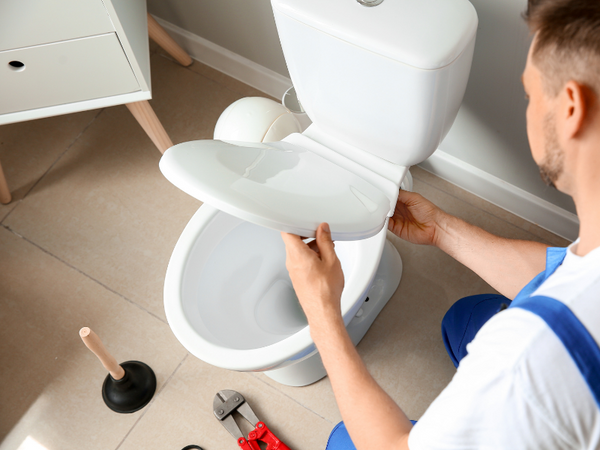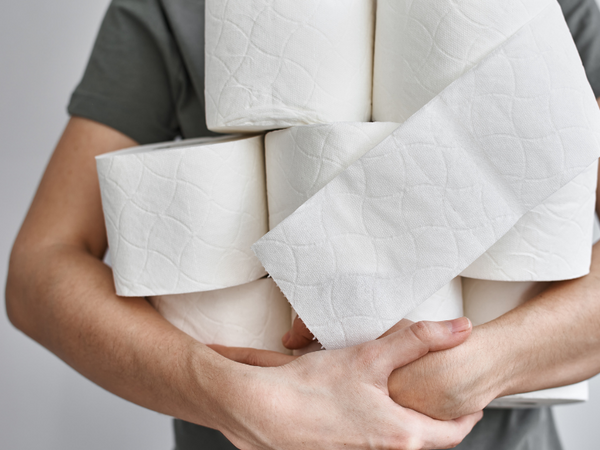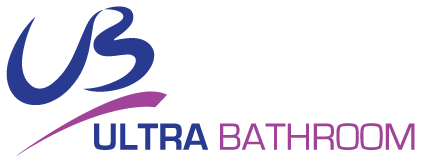The Cost-Benefit Analysis of Installing a Bidet Toilet in Your Home
Posted by ilker Duymaz on

When considering the addition of a bidet toilet to your home, the decision often boils down to cost versus benefit. While the initial investment may seem substantial, the long-term savings and environmental benefits can be significant. This article breaks down the costs, potential savings on toilet paper, and water usage to illustrate the long-term financial benefits of installing a bidet toilet.
Initial Costs
The cost of installing a bidet toilet in your home can vary widely depending on the type and features you choose. Basic bidet attachments can start as low as £100, while high-end models with features like warm air drying and heated seats can go up to £1,000 or more. Additionally, consider the cost of professional installation if you are not comfortable doing it yourself, which can range from £50 to £200.
Savings on Toilet Paper

One of the most tangible benefits of a bidet toilet is the significant reduction in toilet paper use. The average person uses approximately 100 rolls of toilet paper per year, which can cost between £30 and £50. By using a bidet, this expense can be reduced dramatically, as the need for toilet paper decreases substantially. Over time, the savings on toilet paper alone can offset the initial cost of a bidet.
Water Usage and Environmental Impact

Contrary to common assumptions, bidets can be more water-efficient than using toilet paper. Producing a single roll of toilet paper requires about 140 litres of water, not to mention the trees cut down and the energy used in manufacturing and transport. In contrast, a bidet uses approximately 0.5 litres of water per use. Over a year, the water used by a bidet is significantly less than that required to produce the toilet paper it replaces, offering both cost savings and environmental benefits.
Long-term Financial Benefits
When considering the long-term financial benefits of installing a bidet toilet, it's important to factor in the reduced cost of toilet paper, the lower environmental impact, and the potential for reduced plumbing issues associated with toilet paper clogs. These factors, combined with the improved personal hygiene and comfort, make bidet toilets a financially savvy choice for modern homes.
Conclusion
While the upfront cost of a bidet toilet may deter some, the long-term savings and environmental benefits present a compelling case. By reducing reliance on toilet paper, conserving water, and enhancing personal hygiene, bidet toilets offer a cost-effective and sustainable alternative to traditional bathroom habits. As more people recognize these benefits, the popularity of bidet toilets in homes around the world is set to increase.




